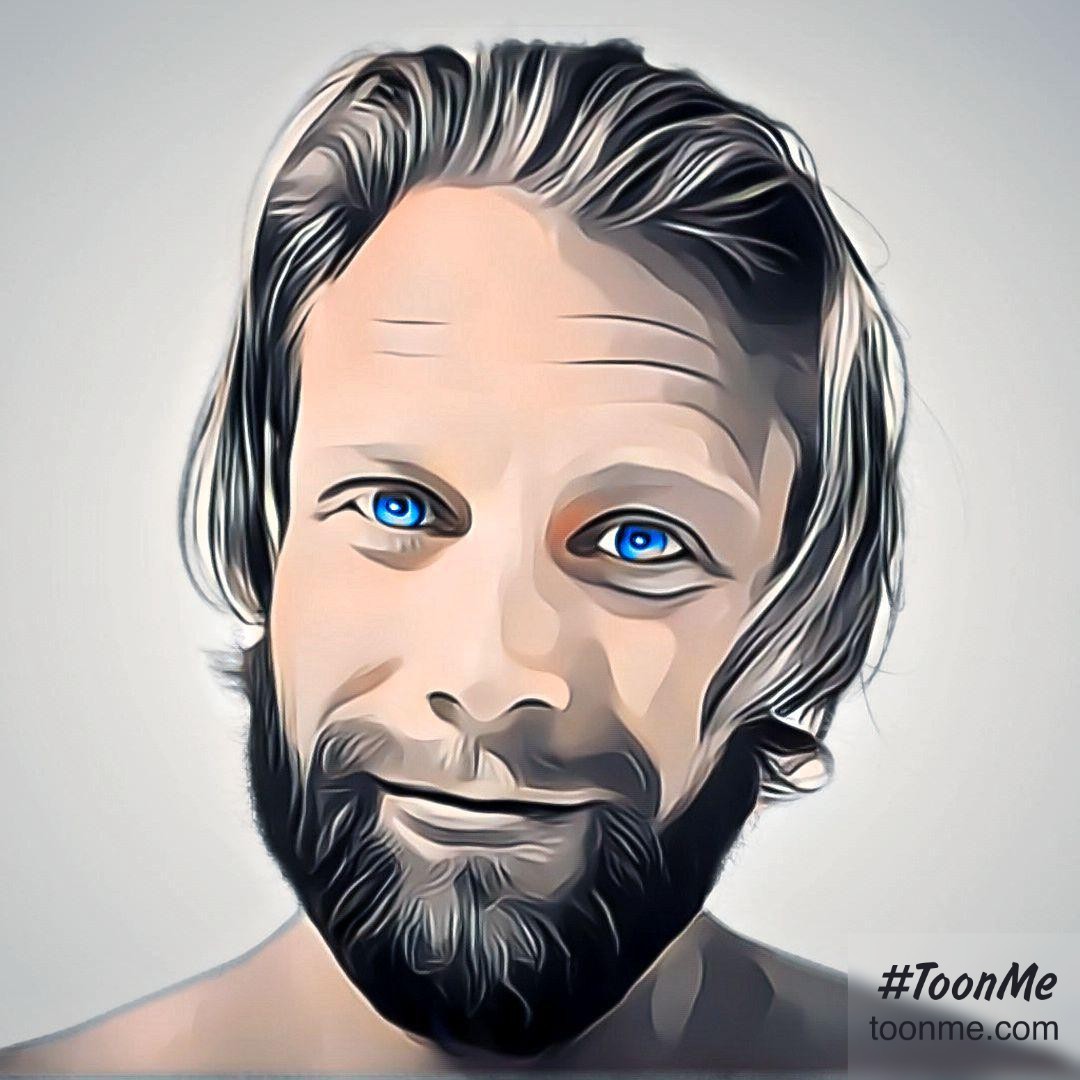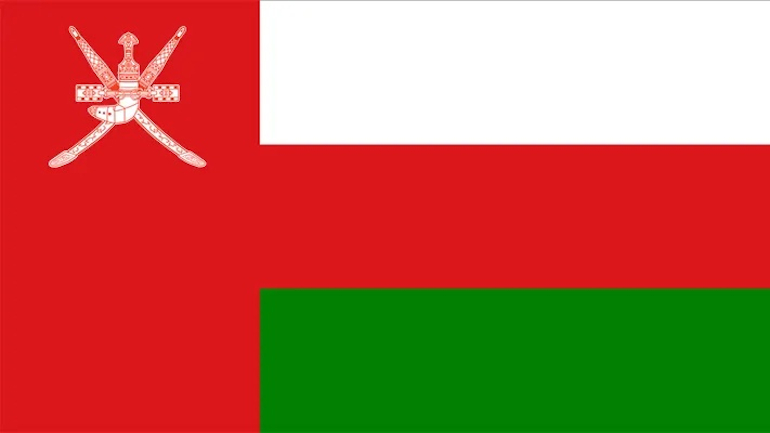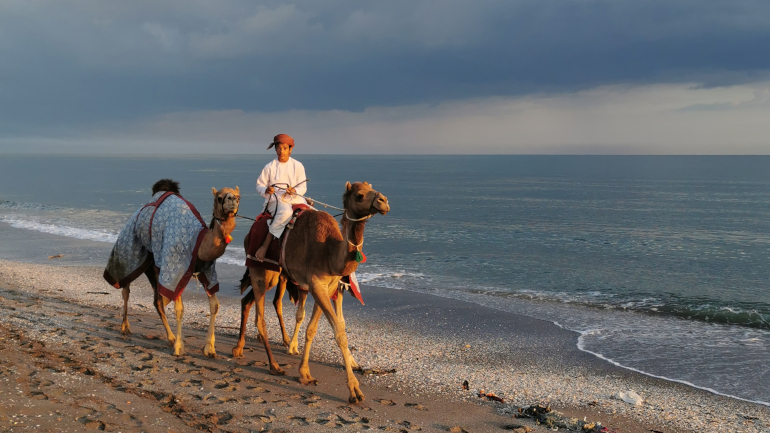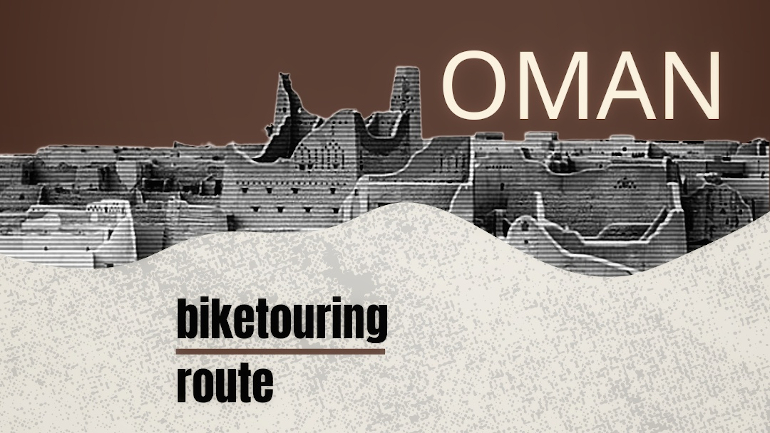Contents [hide]
Intro
Oman is a country tucked away at the end of the Arabian peninsula. With war torn Yemen on one side and less bike friendly megacities of the UAE on the other, it's a biketouring destination that does not appear ideal. But it should be.
Seemingly endless coastal roads, spectacular wadis and beautiful mountains. Sand dune deserts and wild camels roaming vast plains. A deep and intriguing culture with friendly and helpful Omanis. Those are just some of the good reasons for this country to pop up on your biketour radar.
The climate makes it a perfect escape from the cold winter in the northern hemisphere. And after Saudi Arabia opened up for tourism, you have a great option to link up with other countries in the Middle East or even include it on a greater tour to the African continent.
Visa application
Oman eVisa portal. Quick and straightforward process. I got my eVisa one day after applying. I paid 20 OMR for a single entry 30 day visa.
The visa is valid for one month which means you need to enter the country and use your visa within one month from the date the visa is granted. This end-date is clearly listed on your eVisa (pdf file). The visa days (30 in my case) start counting from the date you enter the country.
If you are going to visit the Musandam exclave you can consider going for the 14 day visa free entry. Once you are connected with the main part of Oman in Shinas, you can leave the country at the nearby border and enter again on your eVisa.
Border crossings
I crossed from UAE to Oman via the Al Dara Border Crossing. It was quiet and not very busy border crossing - no queues at all. On the UAE side I had to pay an exit fee of 30.42 AED.
It was sufficient to present the eVisa pdf file on my phone. I did not need to have a paper printed version.
On the Omani side, there is an ATM (National Bank of Oman) inside the border patrol office where you get your passport stamp. There is also a water dispenser with purified water at the customs check point on the Omani side.
At the Omani customs check point I was asked if I traveled with a drone. I only have an action camera which the officer asked to see. He just looked at it and didn’t go through any photos or videos. I was not asked to present an onward plane ticket.
SIM card
I spotted three main SIM card providers. Omantel, Friendi and Vodafone. Friendi and Vodafone are sold in various local shops and are easy to find. Bring your passport. The registration is a 10 min process.
I got a Friendi SIM card with 6GB data and 100 local minutes for 5 OMR. The package is valid for 30 days. Frindie has an Android app where you can easily purchase additional data ranging from 80MB (2 days validity for 0.2 OMR) to 8GB (unlimited validity for 10 OMR).
I tried buying more data via the Friendi app but international credit cards (Visa and MasterCard) were rejected with an error. Instead I had to go to a cell phone store (found one in Al Hamra) which quickly loaded more data onto my SIM card.
Omantel and Vodafone should also both have phone apps with easy top up options.
Budget
Falafel or paratha sandwiches ranging between 300 and 500 baisa and two of these make lunch for me. A cup of Karak costs 100 Baisa.
A decent and filling dinner at a low key restaurant will cost between 2 and 3 rials. Indian and Pakistani eateries with vegetarian options can be found in most places.
Accommodation caters for couples and prices are given for two persons in a room. If you are a lone traveler, expect to drive a hard bargain to get a discount. In high season, the prices for the cheapest room I could find was between 30 to 40 EUR (total price for 2 persons).
If you are fine with just touring the roads, visiting villages on your own and camping in your tent, this country is affordable for a budget traveler. If you plan on doing tours with transport and guide you can easily spend 100 to 150 EUR per person per day and that is on the cheap end. This country was way too expensive for me. I would say Oman caters to big spending travelers ready to visit a relatively pristine country in terms of tourism but in lack of a well developed tourist infrastructure.
ATM, credit cards and money
ATMs are widespread and you'll find one in any city and larger town. No ATM fees on my Visa card for withdrawals from Bank Muscat and National Bank of Oman (NBO).
Supermarkets and even smaller grocery stores accept credit cards. The same goes for many eateries. But do carry cash to spend in smaller villages and coffee shops when you are savoring some good Karak.
The local currency is the Omani rial (OMR). One rial is divided into a 1000 baisa.
Food
Outside of bigger cities your options are limited to Coffee Shops and Restaurants with limited selection (even though they boast an impressive menu card). Fast food and rice with chicken seems to be the usual selection. Finding a restaurant that serves genuine Omani food outside of bigger cities is very difficult.
I usually eat out for lunch. The opening hours of smaller eateries in towns and villages are elusive (bigger cities might differ). During my normal lunch hours from 12 to 15, many are closed for siesta. Closing hours seem to be everything from 12 to 17 although officially it should be from 14 to 17. On weekends, which is Friday and Saturday, eateries are also closed in general. I assume they mostly are open during evening hours where I had already settled for the night at my camp spot. So my strategy was to buy bread, labneh, hummus and cucumber (or any other veggies I could find) from the supermarket and eat that as lunch.
Check when Ramadan is and take care when eating in public during fasting to avoid causing any offense.
Drinking water
The first few days I was buying water bottles from supermarkets. However, after a few days I realized they have water dispensers everywhere with purified water which is good to drink. Sometimes the water dispensers even give you cold water.
The water dispensers are placed along roads, next to Mosques, close to souqs and in city centers. If you can't find one, ask a local, and I'm sure they can point you to one nearby.
Wild camping
Wild camping is one of the highlights in Oman. Generally accepted from beaches to the mountains, you don't have to look long to find a good spot. For me, Oman is one of the best countries for wild camping and I did an extensive amount of camping while biking through the country.
Take extra care when camping in or near wadis. Flash floods are a real danger in this country.
Photos
Be discreet when photographing people and especially avoid taking photos of women unless you have been given permission.
Dress code
The dress code is not as strict as in other Arab countries but that doesn't mean you shouldn't be respectful. Cover shoulders and knees as a minimum for both men and women and in best case arms and legs are fully covered.
Observe how the locals dress when swimming or taking a dip in wadis. Omanis are probably too polite to tell you otherwise so do what the locals do.
When to travel
From November to March, Oman has some moderate temperatures for the region and perfect for biketouring. Not freezing cold (except from the highest mountain peaks) nor scorching hot.
Rainy season in Salalah happens during July to August when this place is booming with vibrant green colors. The mountain region also sees most rain here which fills up the wadis. But I would say these places are nearly impossible to explore on a bike in summer due to the heat.
biketouring route oman
2023-02-08 | itinerary
Biketouring route for Oman covering Musandam and the northern part of Oman. Entering from UAE and cycling from Khasab to the border with Saudi Arabia via Nizwa and Ibri.



